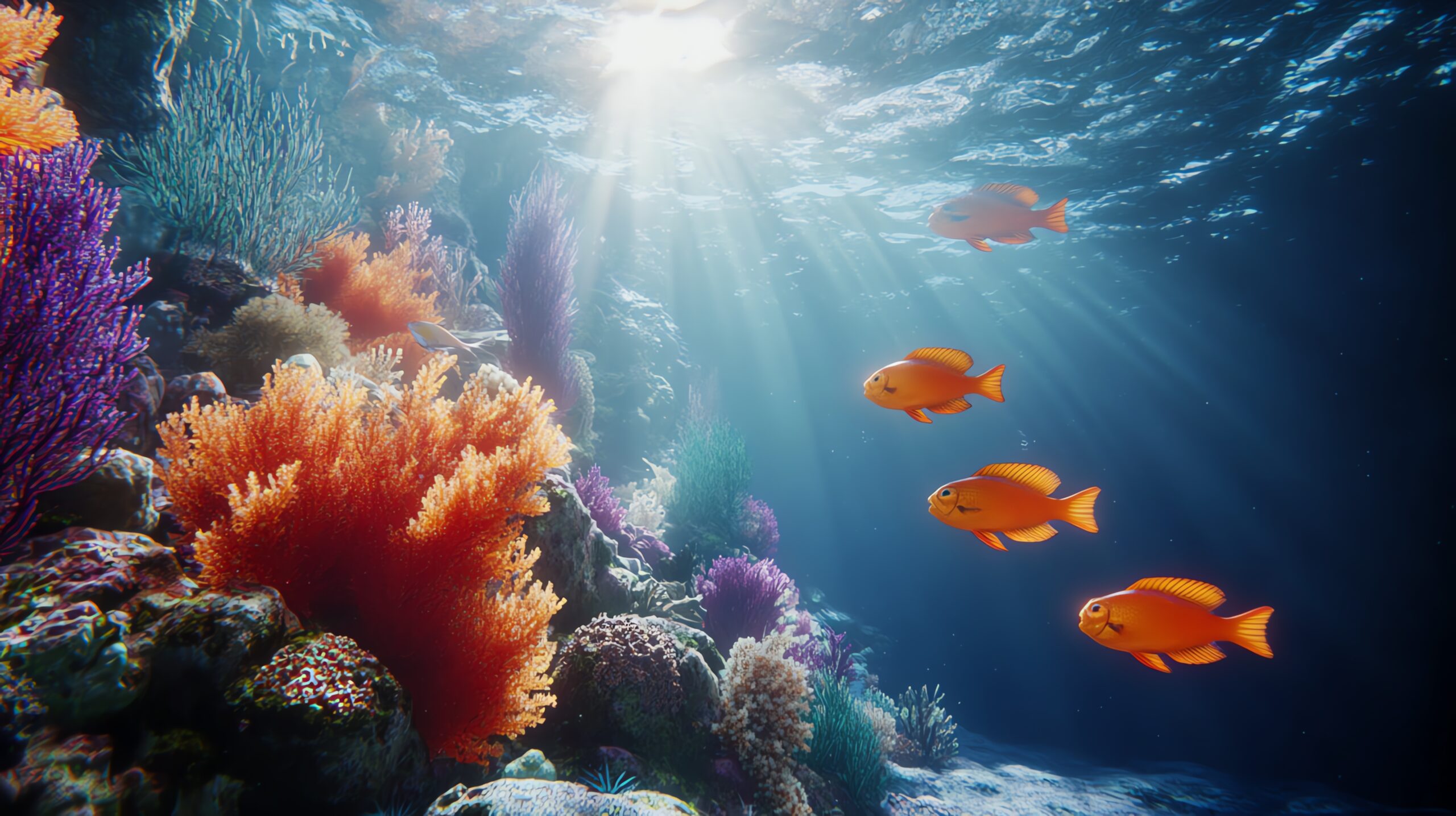Growing up in Nova Scotia, I’ve always had a deep respect for the ocean. I’ve seen its power and beauty—but also the damage it can cause when storms hit and the tides surge. Coastal erosion, flooding, and storm damage are not just problems for the future—they’re already affecting communities around the world. For decades, our solution was to build bigger, stronger seawalls and bulkheads. But now, we’re starting to realize that the most effective and sustainable protection might come from nature itself.
This is where the idea of living shorelines comes in. Instead of fighting against the ocean with concrete, living shorelines work with natural elements—like marshes, dunes, oyster reefs, and mangroves—to protect our coastlines. They don’t just reduce erosion. They also support biodiversity, improve water quality, and adapt to rising sea levels in ways that traditional infrastructure can’t.
As someone who works in marine technology and coastal innovation, I believe living shorelines represent the future of coastal protection. And it’s a future we need to invest in now.
What Is a Living Shoreline?
A living shoreline is a type of coastal defense that uses natural habitats to protect land from erosion and flooding. Instead of a concrete wall, you might find salt marsh grasses, rock sills, coir logs (made of coconut fiber), or restored oyster reefs. These systems absorb wave energy, slow down water movement, and trap sediment. Over time, they grow stronger, not weaker.
What makes living shorelines different from traditional approaches is that they are dynamic. They evolve with the environment. As sea levels rise or storm patterns shift, living shorelines can adjust, adapt, and even expand. Concrete can crack and crumble. Nature, when supported properly, can thrive.
Why We Need a Better Solution
For a long time, hard structures were the go-to method for coastal protection. And in some cases, they still make sense—like when you’re dealing with major ports or urban areas with no room for soft infrastructure. But seawalls come with trade-offs. They often increase erosion downstream, destroy marine habitats, and block natural processes.
More importantly, they’re expensive to build and maintain. And when they fail, the damage can be catastrophic.
Living shorelines, on the other hand, provide multiple benefits. They protect property, but they also restore ecosystems. They filter pollutants, provide habitat for fish and birds, and even capture carbon. From an environmental and economic standpoint, they’re a smarter investment—especially in areas where nature already plays a big role.
Examples That Inspire
Across North America and around the world, we’re starting to see living shorelines in action. In the southeastern United States, marsh grasses and oyster reefs are being restored to protect coastlines from hurricanes. In Louisiana, projects are underway to rebuild barrier islands and coastal wetlands that were lost to erosion and rising seas.
Closer to home, in Atlantic Canada, community-led efforts are restoring salt marshes that once served as natural flood barriers. These projects don’t just reduce risk—they also bring people together and reconnect communities with their local environments.
One of the things I love about living shoreline projects is that they often involve collaboration between scientists, engineers, residents, and government. They’re not just construction projects—they’re community efforts rooted in shared goals and values.
Technology Supports Nature
As someone who works in tech, I’m often asked: “Why focus on natural solutions when you could build something faster with machines and materials?” The truth is, nature and technology don’t have to compete. In fact, some of the best projects use both.
At Blue Horizon Technologies, we use data and AI to map coastal erosion, identify areas at risk, and monitor how living shorelines are performing. Sensors can track sediment buildup, measure wave impact, and even monitor the health of vegetation and shellfish populations. This allows us to fine-tune designs and ensure the systems are working as intended.
Technology also helps with planning. Using satellite data and predictive models, we can identify where living shorelines will have the most impact. This allows decision-makers to focus resources and maximize benefits.
A Long-Term Investment
One of the biggest challenges with living shorelines is getting buy-in. People are used to seeing walls and barriers. Natural defenses can look too “soft” or too slow. But this is where education and communication matter.
Living shorelines are not a quick fix. They take time to establish. But once they’re in place, they offer lasting protection with lower long-term costs. Unlike concrete structures, which degrade over time, natural systems often become more effective as they grow.
They also provide value beyond defense. A well-maintained marsh can support local fisheries. A restored oyster reef can improve water quality for an entire bay. These benefits ripple out through local economies and ecosystems.
Looking Ahead
As climate change continues to reshape our coastlines, we need to rethink how we protect them. Sea levels are rising. Storms are getting stronger. And the cost of damage is climbing every year.
Living shorelines offer a powerful alternative—not just as a method of defense, but as a way to reconnect with the natural systems that have protected us for centuries. They represent a shift from control to cooperation, from resistance to resilience.
For me, that’s what the future of coastal protection should look like. Not walls that isolate us from the sea, but shorelines that welcome it in thoughtful, sustainable ways.
Final Thoughts
The ocean is changing, and we need to change with it. Living shorelines won’t solve every problem, and they won’t replace every structure. But they offer a new path—one built on balance, flexibility, and respect for the power of nature.
In the work I do, whether it’s building marine tech or working with coastal communities, I always come back to the same idea: we don’t need to fight the ocean. We need to understand it, learn from it, and build with it.
Living shorelines are one way to do that. And in my view, they represent not just a new kind of infrastructure—but a new kind of relationship with the sea.
